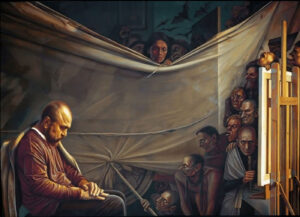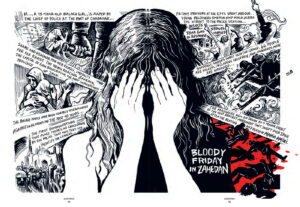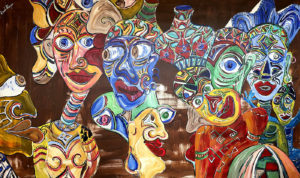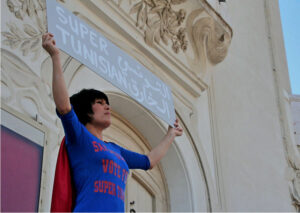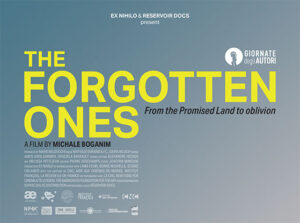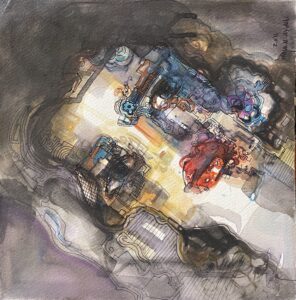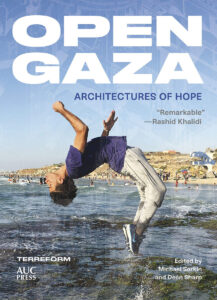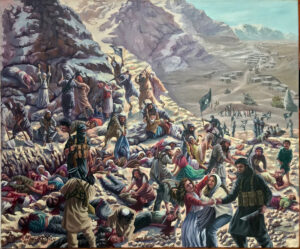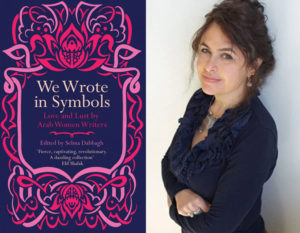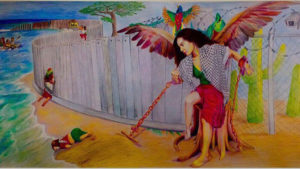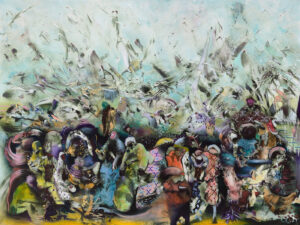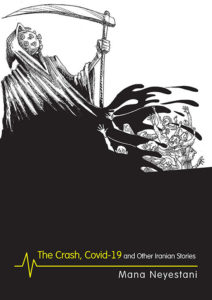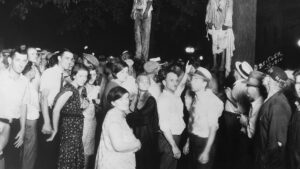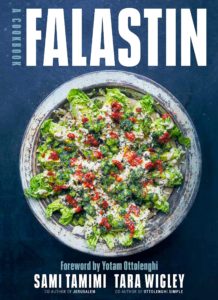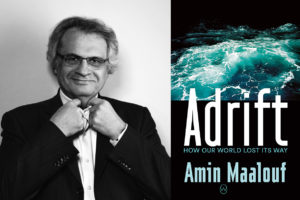Ruby Hamad, author of White Tears/Brown Scars: How White Feminism Betrays Women of Color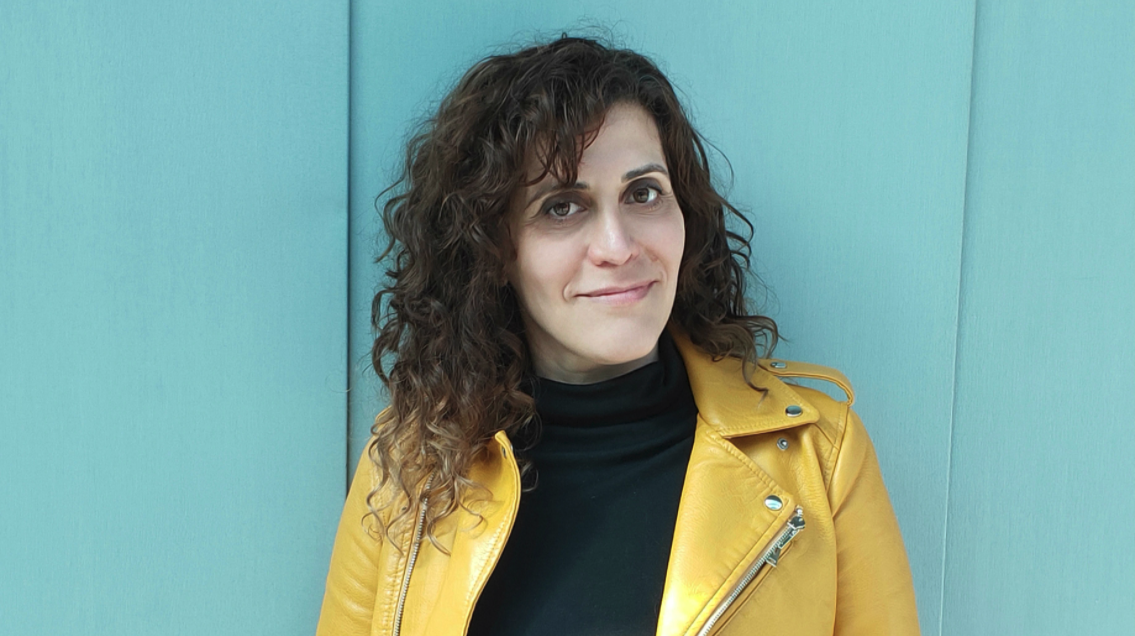 <
<
Whiteness is the privileging of those racial, cultural, and religious identities that most resemble the typical characteristics associated with fair-skinned (Western) Europeans. Consequently, the terms “white” and “people of color” are not descriptive—they are political. When we talk about “white people,” we are not really talking about skin color but about those who most benefit from whiteness. When we talk about “people of color,” we talk about those who are excluded. —Ruby Hamad
White Tears/Brown Scars: How White Feminism Betrays Women of Color by Ruby Hamad
Catapult 2020
ISBN 9781948226745
Rana Asfour
Ruby Hamad, an Australian journalist, author and academic, was thrust into the limelight after her 2018 article in The Guardian Australia, “How White Women Use Strategic Tears to Silence Women of Color” sparked a global discourse on white feminism and racism. Despite the piece being one of hundreds that Hamad had written throughout her career as a journalist, it was to be a “particularly painful and personal one,” birthed from an “emotional and psychological journey” during which she had come—”slowly and devastatingly”—to the realization that female white society’s socialized perception of her ethnicity—as an Arab woman—followed a predictable blueprint that predetermined any and all interpersonal conflict between white women and all women of color.
The backlash Hamad received after her article went viral was so intense that at one panicked point she fired off an email to the newspaper begging them to take it down, before quickly steeling her resolve and asking them to ignore her request. The article remained. And just as the abuse had at one point overwhelmed her, so did the subsequent messages of support that flooded in. Hamad was soon swamped not only with people applauding her courage to speak out, but, more importantly, with an influx of messages from women of color who “shared their stories, their tragedies, their stolen years spent wondering why this kept happening to them.” One Arab woman, Zeina, sent Hamad an email in which she shared her experience of being “petted” by older white women drawn to her curly hair. Out of the many extraordinary letters that Hamad received was the one from Lisa Benson, an award-winning African American television journalist from Kansas City. She informed Hamad that when she’d shared her article on her private Facebook page, two of her white female colleagues complained to management that she was creating “a hostile working environment based on gender and race,” after which she was subsequently fired.
It is the combination of these women’s experiences from across the western world with defensive whiteness, in social and professional settings, along with Hamad’s meticulous academic research into white supremacy’s historic role in creating and maintaining the suffering of people of color, that make up the crux of White Tears/ Brown Scars and lend credence to Hamad’s arguments.
What the basic premise of Hamad’s “blueprint” suggests is that whenever “white fragility”—a term coined by Robin DeAngelo to denote the state into which white people retreat in any discussion that reminds them of their race—is challenged, they react with defensiveness. As such, Hamad explains that when she, a woman of color, called out white women’s tears as neither innocent nor genuine, but rather “weapons” they deployed in a bid to silence the opposition and maintain white supremacy’s status quo, the white women were quick to fight back by leaning into their racial privilege accusing her of aggressive behavior engineered to “break up the sisterhood.”
Hamad argues that such defensive behavior not only renders the crime inconsequential, if not dismissible, but it allows the tearful white woman to get away with zero accountability. On the other hand, it forces the aggrieved woman of color to apologize for the anxiety she caused the “white Damsel in Distress” and subsequently to self-police so as “to play nice and to watch her tone” in any future similar confrontations. This “emotionally abusive relationship,” writes Hamad, is what she talks about when she talks about “white tears”—tears that rather than denoting weakness, instead consolidate white racial control and the protection of white advantage historically devised and engineered by white supremacy and the patriarchy to keep everyone—including white women to some extent—in their place. More damning is that, to this day, all attempts made at dismantling this illogical system of racism continues to be met with “an avalanche of tears”—mainly white women’s tears–that cost people of color, its men and women, their scars.
From the onset of her book, Hamad clears up a few things for her readers: first, that she has opted to use “brown” in the title “both as a poetic license indicating a catchall for all those people who don’t qualify as “white” as well as a way to indicate where she places herself in the race scheme of things. And second is that the term “brown”—in which she includes all nonblack people of color—is differentiated from “Black” throughout the book. Notable is that even when Hamad’s definition of “whiteness” goes beyond its representation of a skin color, instead treated as pertaining to racial privilege, she admits, even then, the term remains erroneous; “Who is considered white is less about how pale they are, and more whether they are the right kind of pale,” she writes. Arabs with relatively fair skin are afforded some degree of acceptance in a world that establishes perimeters associated with fair-skinned (western) Europeans—in other words, some can “pass” for white—until their ethnicity is brought to the forefront. However, this “pseudo whiteness is both conditional and revocable.”
So, what is it about a white woman’s tears that evoke a need to protect her, whereas women of color are met with mistrust when they show any sort of emotion? The answer, it seems, lies in colonialism. In the “new world” of settler European colonies, Hamad explains that the labeling of the general indigenous population as barbaric, promiscuous and animalistic was “both the rationale and the key weapon” in the white colonizer’s arsenal that served to de-humanize the colonized, to maintain the status quo of the white man’s domination and to punish anyone who dared to challenge it.
Colonialism, writes Hamad, “rigged the game against women of color” because for centuries it created caricature race-based representations that were propagated and embraced as part of these women’s biological make-up. Basically, an identity devised to justify the abuse: Lewd Jezebel, Black Velvet, Harem Girl, China Doll, among others; all cutout submissive highly sexual objects with no agency, making them at once “desirable and disgusting.” Despite the passage of time, the tropes persist to this day, Hamad argues, albeit under different nomenclature such as the Angry Black Woman and her younger cousin the Angry Brown Woman, that continue to cement women of color’s position as naturally dishonest, inherently aggressive, and therefore unworthy to be taken seriously or to empathize with. “Even before we speak,” writes Hamad, “women of color are positioned as potential aggressors,” their feelings regarded as irrational and primitive with no logic to them, positioning them as easy targets to discredit. As an example she offers up Alexandria Ocasio-Cortez, the bartender who in 2018 at the age of 28 pulled off the biggest upset in the U.S. midterm elections by not only winning the seat for the Fourteenth Congressional District of New York City, but became one of the youngest-ever women in the United States Congress. As a woman of color AOC is not without her fair share of discreditors ready at any moment to sabotage her fledgling career.
Hamad has little, if any, sympathy for the colonized woman’s binary opposite, the virtuous white Damsel in Distress, the symbol of Womanhood whose purity and innocence were viewed to be in constant peril from the vices of the indigenous populations, rendering her the perfect excuse for white supremacy’s atrocities towards people of color. However, Hamad is quick to assert that these women’s historic rationalization of imperial wars, their silence in the face of committed atrocities, ownership of their own slaves, the orchestration of indigenous child removals in Australia and North America and the lobbying for school segregation, makes white womanhood, in fact, a complicit cohort to the perpetuation of white supremacy and the consolidation of its power. Hamad does, however, concede for the sake of argument, that while it is true to say white women were subordinated in settler colonial society—white men believed they owned the sexuality of white women as surely as they owned the bodies of colonized people—yet it is “not true to say they were bystanders to the colonial enterprise, and it is certainly not accurate to imply they were victims of comparable standing to the colonized populations.”
Turning her attention to the Feminist movement, Hamad sees that nothing much has changed when it comes to white women clinging to the lingering notion that white supremacy has socialized them into—that they know what’s best for non-white women. Despite the advances women have made to attain administrative positions equal to men, what “privileged” white feminists have failed to do is invite their Black and brown sisters along for the ride. What is glaringly obvious, writes Hamad, is that merely having more white women in powerful positions “isn’t going to result in a more just and equitable society.” “Those of us who attempt to make our grievances public – myself included,” she writes, “are met not with empathy and support but with derision and “blacklisting.”‘ This, she points out is how “whiteness” reasserts itself: “through a white feminist movement that aligns itself with diversity and inclusion to get white women through the door but then slams it shut in brown and black women’s faces.” In one interview, Sonia, a forty-something-year-old agrees with Hamad, “I broke through the boys’ club but I don’t think it’s possible to break through this white club.” As Hamad sees it, as long as white feminists—not by any means any feminist who is white—are more interested in having the same power and privilege as white men rather than dismantling the oppressive attitudes and systems designed to hinder the progression of women of color, and until white women are able to acknowledge the advantages of their “whiteness” and the grievances of their black and brown sisters, she predicts that an all-inclusive sisterhood remains illusory.
Hamad shifts her focus to a closer examination of the economic and social structures in modern global society. She lays blame on the capitalist system first for the intrinsic dispossession of the indigenous populations and second in the creation of a class system that is dependent entirely on fueling race and racism for its existence and domination. “Racism,” she writes, “is not so much embedded in the fabric of society as it is the fabric.” She notes the social progression of the Damsel in Distress to one in defense who is louder, bolder, and quick to act out on her distrust of people of color—think Amy Cooper, who outrageously called the police on birdwatcher Christian Cooper in New York City’s Central Park. Hamad casts a generally dim view regarding the state of our global society that she sees as entrenched, whether consciously or unconsciously, in racism, forced to view the world filtered solely through “the reductive lens of the white imaginary.” Hamad advocates that it has never been more urgent for people of color to forge collectives, to discard binaries, to strive for representation that reflects their true identities and to challenge and destroy the ones created by the oppressor.
White Tears/ Black Scars is a powerful, enlightening book that deserves to be read time and time again and is nothing short of a tour de force in the feminist canon. Ruby Hamad manages with unapologetic candor, exhaustive research and engaging interviews, to face up to and dismantle white supremacy and show it up for what it really is: a system set up to subdue, dehumanize, and ultimately exonerate itself by laying blame on its victims. She challenges her readers to imagine how the world would’ve looked today had Western Europe not taken it upon itself to confer subhuman status on some in order to subdue the entire world in its own image. Her extraordinary prose, and faithfulness to the truth—even when it hurts—guarantees that she, and all the “forgotten ones” she dedicates the book to, are n
ot only seen and acknowledged, but their message is heard clear and far.
<
Rana Asfour is a freelance writer and book reviewer. Her work has appeared in various publications including Madame Magazine, The Guardian UK and The National/UAE. She blogs at BookFabulous.com and is presently captain of the TMR English-language BookGroup.



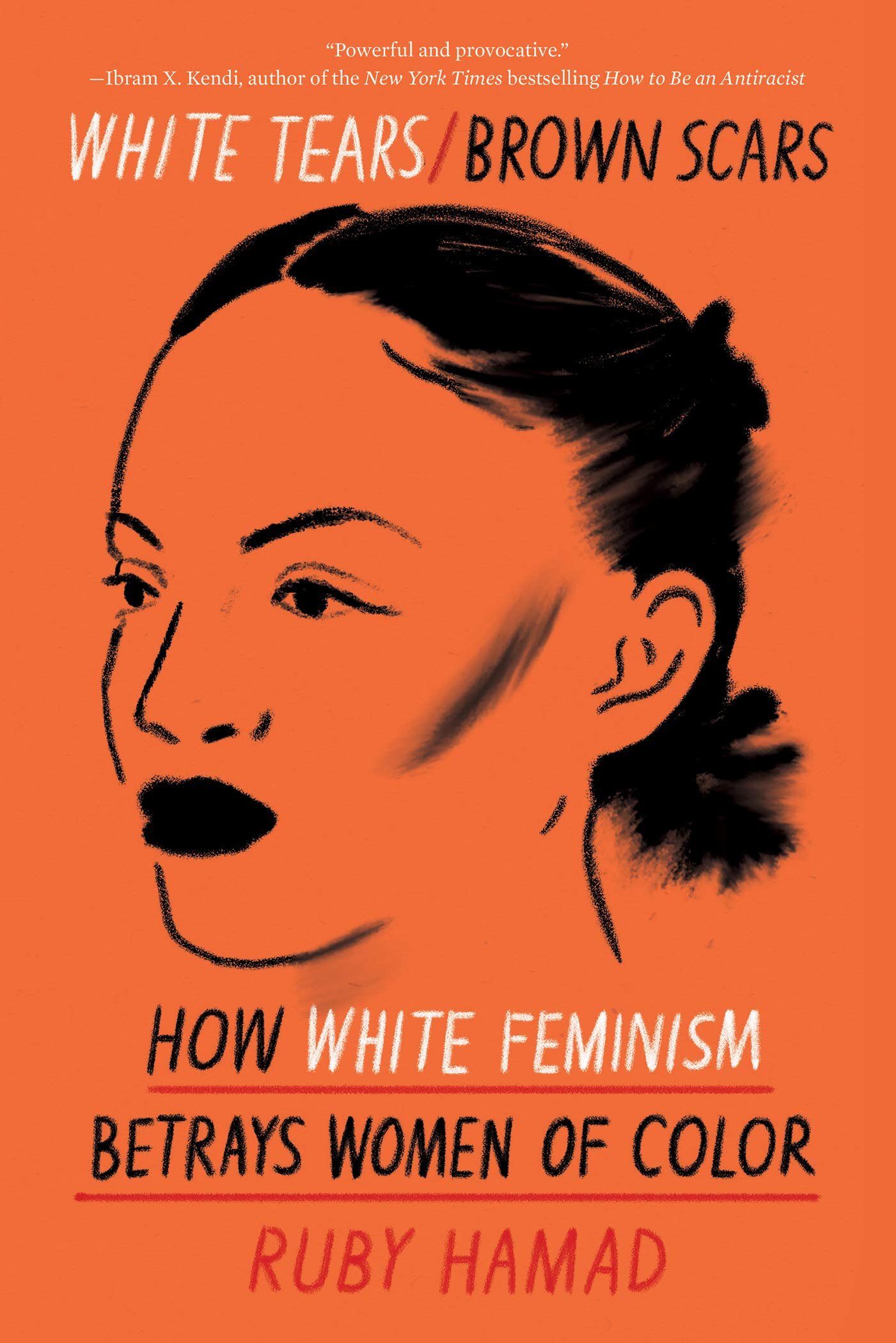 <
<
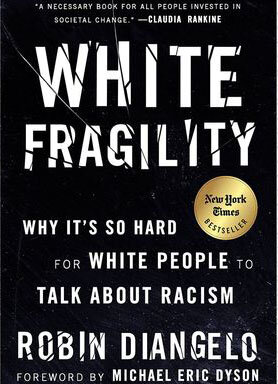 <
<


